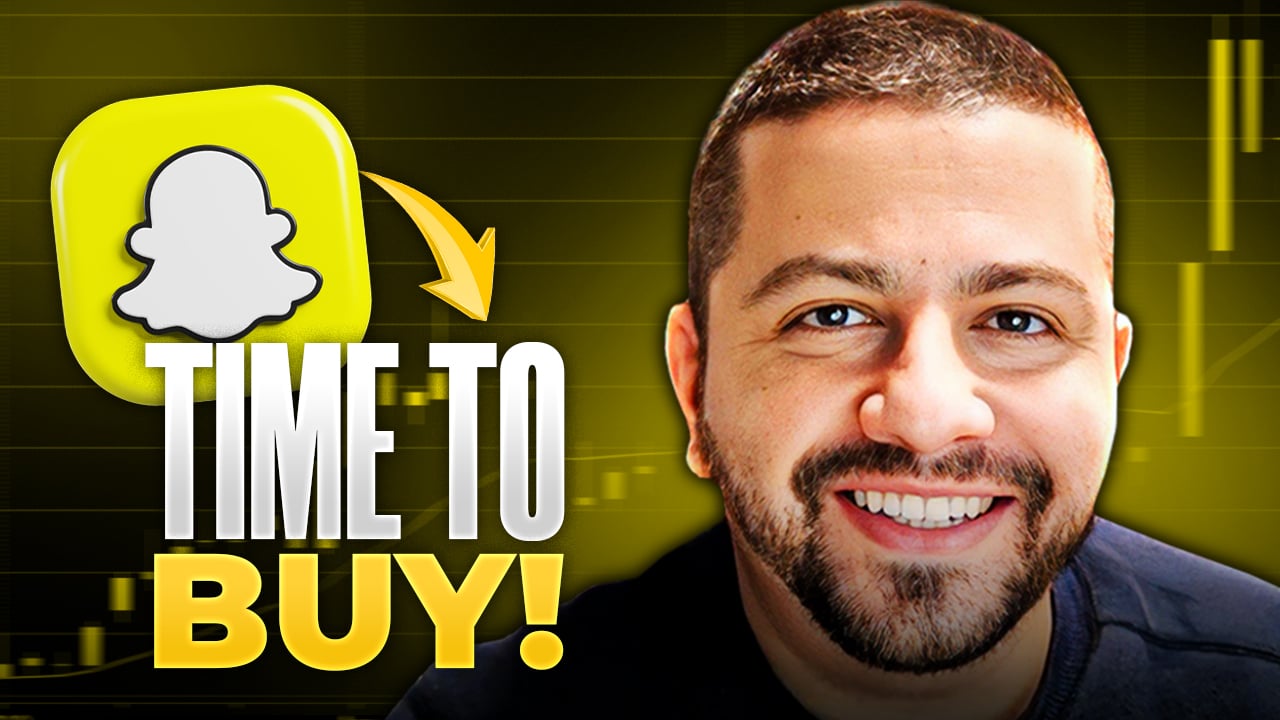Snap (SNAP 2.96%) reported its first-ever decline in Snapchat daily active users in the second quarter. While most analysts expected Snap to keep adding a few million users last quarter, investors paying attention to the company shouldn't be too surprised by the results.
A decline in users can be troubling to investors because it calls into question whether a company like Snap can continue to grow revenue long term. Moreover, there are a couple of specific concerns with Snap that should have investors particularly worried about the decline in users.

Image source: Snap.
Staying silent on ad load
Despite increasing daily active users just 8% year over year, ad impressions increased 191% in the second quarter compared to a year ago. User engagement hasn't moved significantly higher in the last year, either, sitting at just over 30 minutes per day, according to management.
So, Snapchat users are seeing nearly three times as many ads as they were a year ago. Management didn't give a specific number in its second-quarter report last year. It did note, though, that an increase in ad impressions offset the significant average ad price decline it experienced as a result of the switch to automated ad buying from direct selling.
A significant increase in ad impressions isn't always bad, but when asked about how much more room there is to increase ad load, management completely dodged the question. Instead Chief Strategy Officer Imran Khan focused on the company's focus on improving ad relevance.
Hitting a wall on ad load isn't a death sentence by any means. Facebook (FB 0.04%) management warned investors that it hit ad load saturation about two years ago. While it's just now starting to show signs of a slowdown in ad revenue, it was able to keep its growth strong because of strong user growth as well as continued improvements in return on investment for advertisers.
If Snap has hit a wall on ad load as well as user growth, it will struggle to keep growing ad revenue given that its ad targeting and reach is still subpar compared to competitors.
A big commitment to the cloud
Compounding the concerns for investors is that Snap made a massive commitment to cloud-computing providers to support its app. Management tried to reassure analysts that it's comfortable with its current contracts, but its commitments were made when Snapchat was still seeing strong user growth.
Snap's infrastructure costs declined sequentially in the second quarter, which is to be expected with fewer users on the app at any given time. While lower spending sounds great at face value, Snap has minimum spending requirements it must meet, or else it pays the difference between its actual spending and its minimum commitment. Considering it's already running the business at a net loss on the bottom line, falling short of its commitments would be devastating.
Snap is already toeing the line on its minimum commitments. Its contracts ramp up by $75 million in spending per year. If user trends continue going this way, the company might have to defer some of its spending to a later year in the contract -- and hope it can accelerate growth in the latter end of its current contracts.
Long-term contracts can be great for locking in lower pricing, but they're also a massive risk for Snap -- and it looks like Snap could face some major negative consequences of taking that risk given its decline in users. Combine that with unclear comments on whether there's room to increase ad impressions, and Snap could have serious problems reaching CEO Evan Spiegel's goal of break-even profitability.







